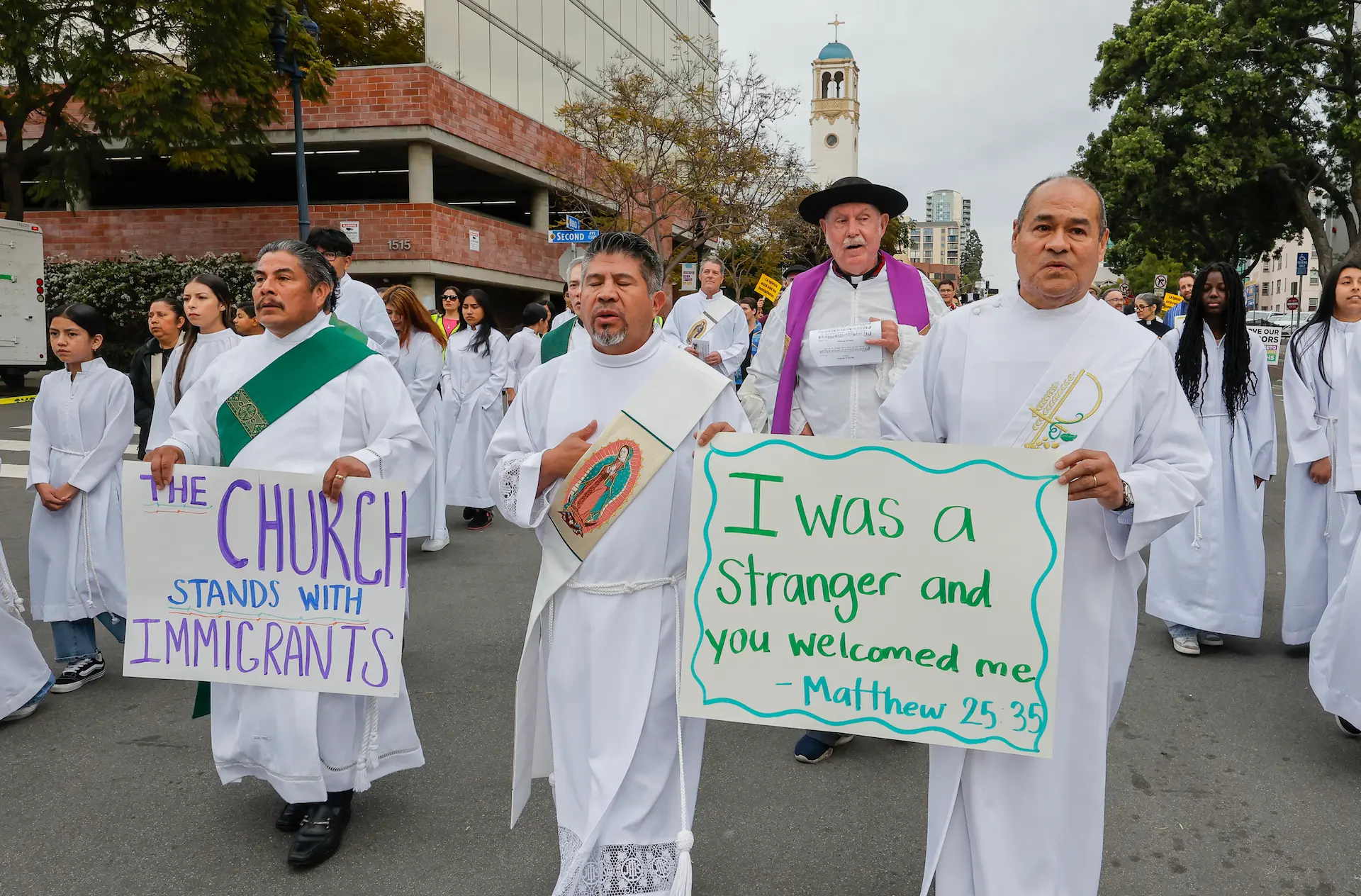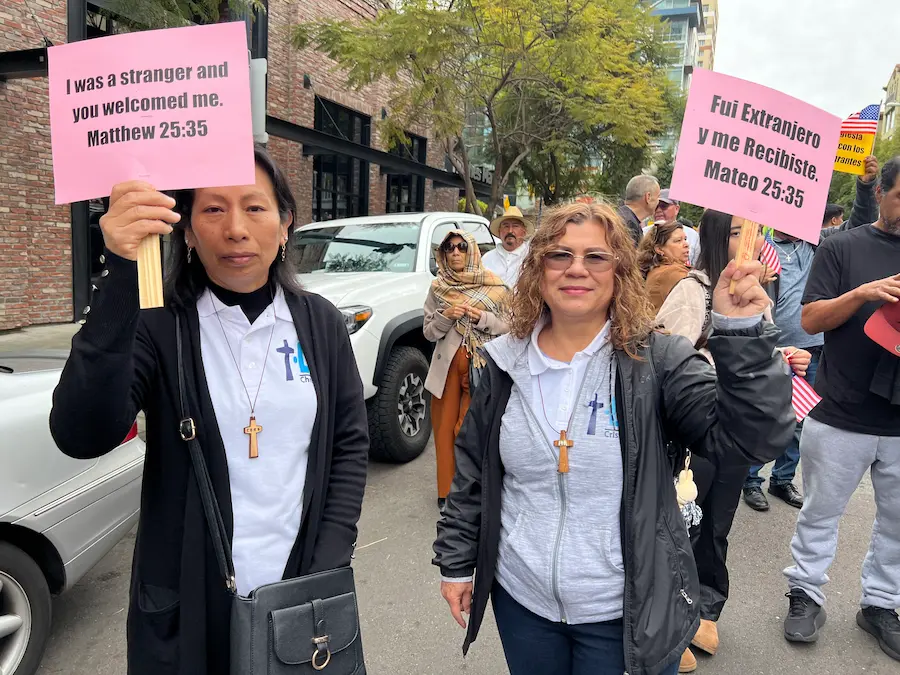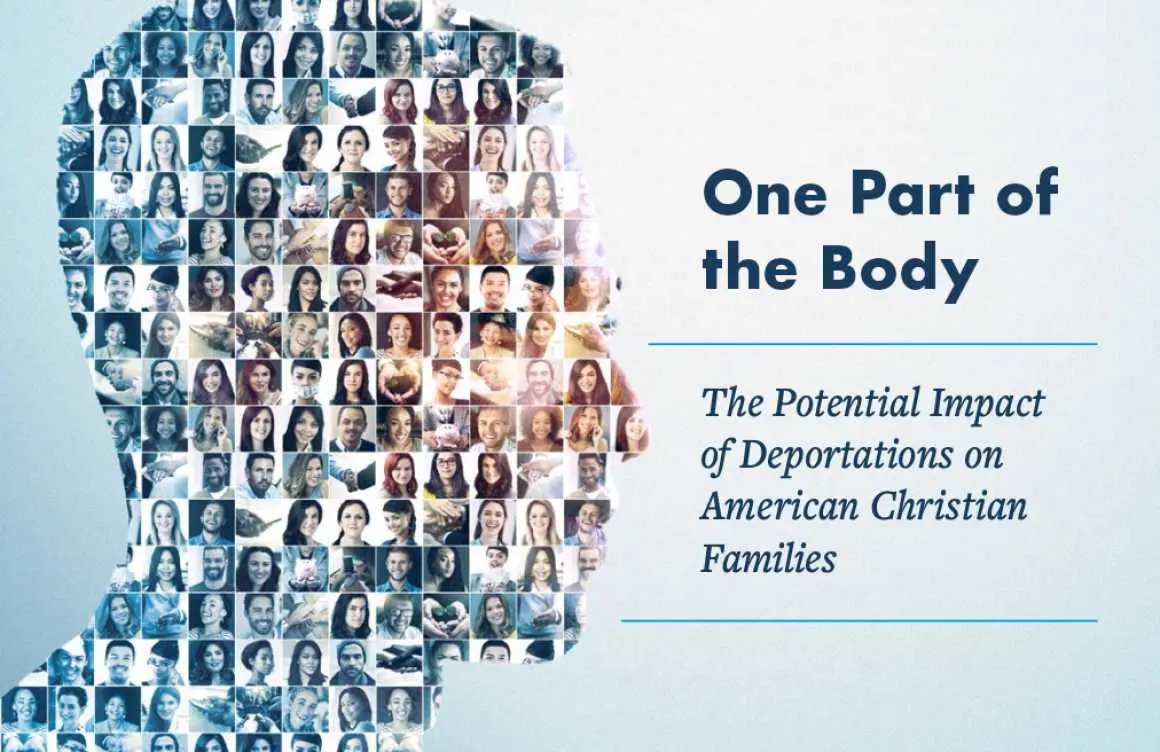
Bishop's Statement
Lorem ipsum dolor sit amet, consectetur adipiscing elit. Ut elit tellus, luctus nec ullamcorper mattis, pulvinar dapibus leo.
Call to Respect
The Catholic Church teaches that every migrant — whether a legal immigrant, a refugee, an asylum‑seeker, or an undocumented person — must be received with respect for his or her intrinsic dignity, protected from exploitation, helped to integrate into society, and kept together with family whenever possible. This teaching comes from Scripture, the Catechism, and from magisterial documents issued by popes and by the United States Conference of Catholic Bishops.

Emergency and Family Support
Court Accompaniment
Clergy members and people of faith are invited to accompany their brothers and sisters to their immigration hearings, through the Faithful Accompaniment in Trust & Hope (FAITH) ministry. You can volunteer or request accompaniment online.
Emergency Plan for Migrants: Know Your Rights
Catholic Charities is offering bilingual information to help prepare individuals and families for potential immigration enforcement action.
Matthew 25 Campaign
With Catholic Charities, parishes are collecting donations to provide funds to immigrants to help meet basic needs after a detention or deportation.
“In a world darkened by war and injustice, even when all seems lost, migrants and refugees stand as messengers of hope.”
– Pope Leo XIV for the World Day of Migrants and Refugees
Upcoming Events
Church Teaching & Report

Catholic Teaching and Immigration
The Catholic Church in the United States is an immigrant Church with a long history of embracing diverse newcomers and providing assistance and pastoral care to immigrants, migrants, refugees, and people on the move. Our Church has responded to Christ’s call for us to “welcome the stranger among us,” for in this encounter with the immigrant, the migrant, and the refugee in our midst, we encounter Christ.

The potential impact of deportations on Christian families
This report addresses the profound impact that mass deportations could have on Christian families and congregations across the United States if carried out in the way some policymakers have proposed. It was jointly issued by the U.S. Conference of Catholic Bishops’ Department of Migration and Refugee Services, the National Association of Evangelicals, World Relief, and the Center for the Study of Global Christianity at Gordon-Conwell Theological Seminary.

How We Serve Immigrants
At the Diocese of San Diego, our pastoral offices provide a range of services to immigrants, from faith formation to workshops to conferences and more. The offices provide information and support in Spanish and Vietnamese, as well as in English. And through the Office for Ethnic and Intercultural Communities, the diocese assists and celebrates faith communities with roots in Africa, Asia, Europe and Latin America.
Catholic Charities Diocese of San Diego has taken a leadership role in recent years humanely receiving migrants legally in the country who are seeking asylum. The agency meets their most basic needs and assists them to reach their destination elsewhere in the country to await their day in court. The agency also assists refugees and immigrants who live in the region to establish themselves and to lead fruitful lives.
